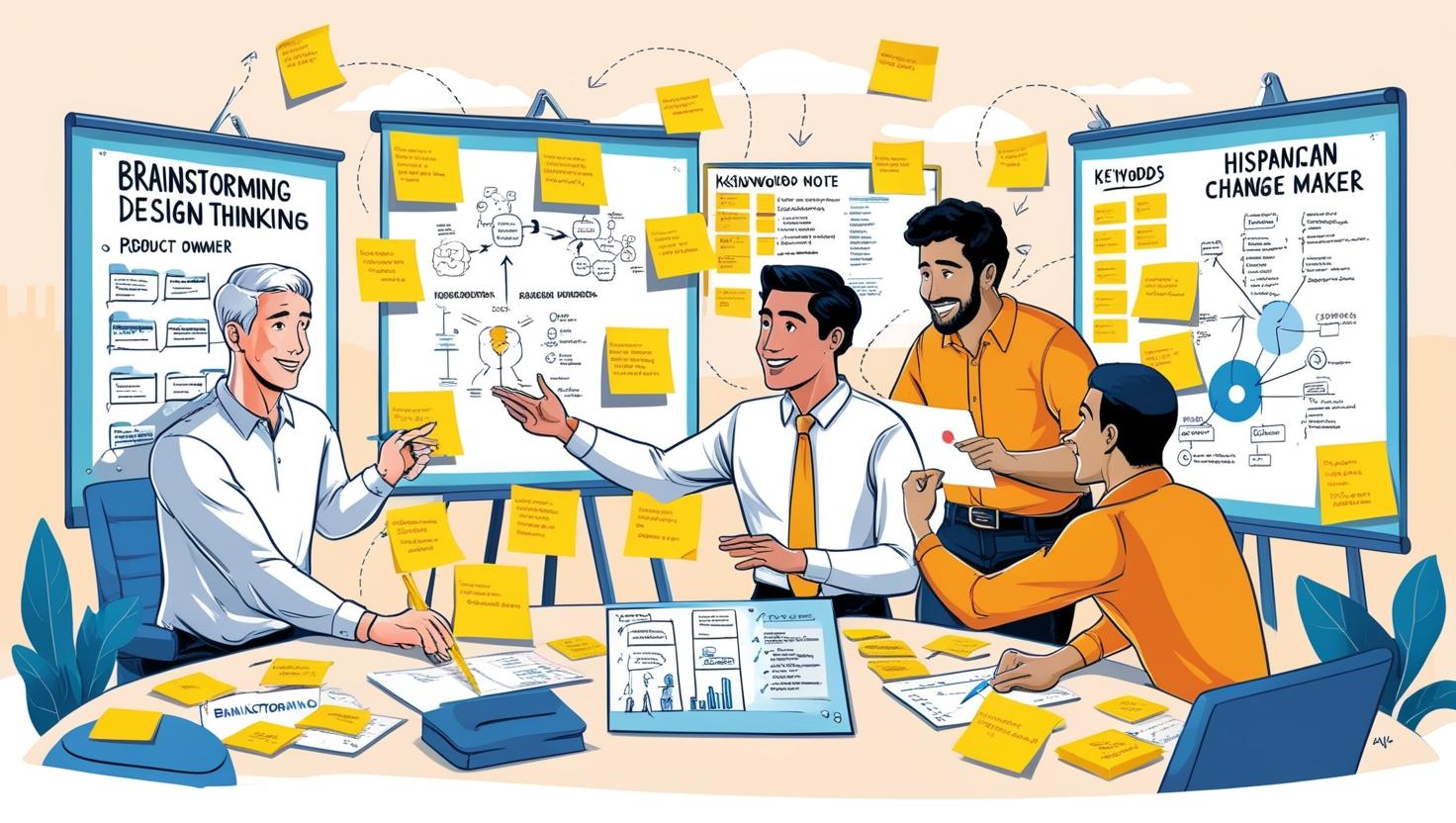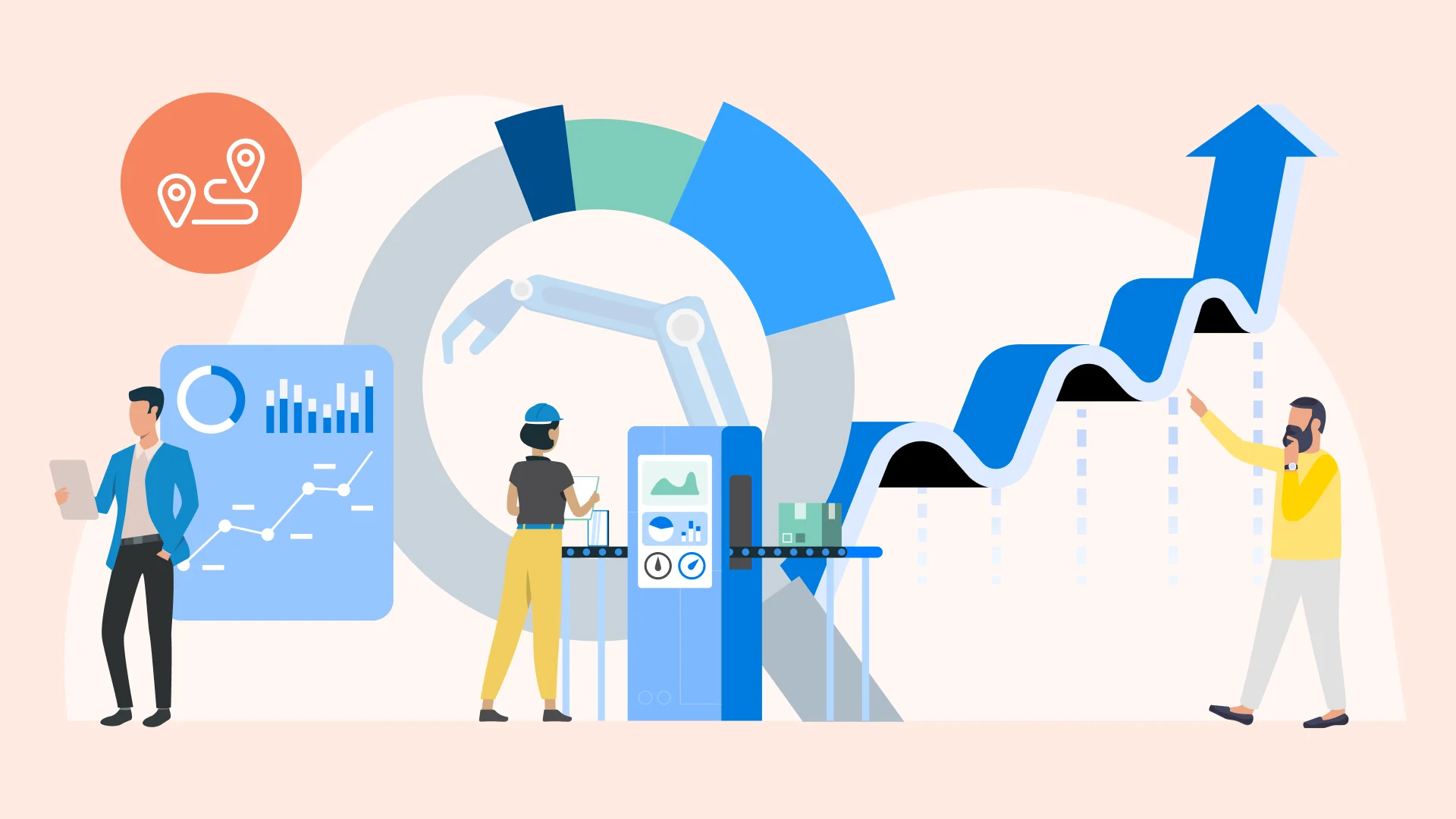
When you hear the term design thinking, what comes to mind? A brainstorming session? A whiteboard full of Post-its? A creative workshop? For many, it seems like a structured innovation process, reserved for tech giants and creative agencies. But at its core, design thinking is a mindset—a fundamentally human approach to solving problems that prioritizes empathy, experimentation, and curiosity.
Mindset Matters: Avi vs. Dev — A Tale of Two Thinkers
Let’s imagine two personas commonly found in the modern workplace:
- Avi embodies a fixed mindset—a deep specialist who masters one domain, excels in what he knows, but tends to avoid failure.
- Dev exemplifies a growth mindset—a curious generalist who embraces diversity in experience, learns quickly, and adapts easily to new challenges.
In today’s dynamic world, design thinking calls us to be like Dev. It asks us to adopt a growth mindset, to stay curious, and to view problems not as obstacles but as opportunities to learn and innovate.
Design Thinking in the Real World: Lessons from the Nano
Consider the Tata Nano—a revolutionary idea meant to bring affordable personal transport to millions. Yet had it succeeded at scale, it might’ve overwhelmed urban infrastructure, leading to congestion, accidents, and pollution.
Design thinking goes beyond the initial idea. It compels us to ask:
- What are the ripple effects?
- What’s the true value in solving this problem?
- Is this solution aligned with broader societal impact?
Empathy First: From Toothbrushes to Long-Haul Flights
IDEO, the global design firm known for collaborations with Apple and NASA, once redesigned a child’s toothbrush. Their breakthrough wasn’t about bristles—it was about how children interact with brushing as a behavior.
In another case, when reimagining the Auckland-to-London flight experience, IDEO didn’t just study aircraft specs. They lived in New Zealand, talked to crew members, sat with passengers, and uncovered latent pain points in the booking, check-in, and in-flight experience.
Small Changes, Big Impact: The Dutch Reach
Design thinking often thrives in the details. In the Netherlands, to reduce bike accidents from sudden car door openings, designers promoted the Dutch Reach—a practice of opening your car door with the opposite hand, which naturally turns your body to check for oncoming cyclists.
That’s design thinking—simple, mindful, human.
The Design Thinking Model (EDIPT)
At NextGenSoft, we embrace the EDIPT model:
- Empathize – Immerse yourself in the user’s world. Feel their pain, their joy, their aspirations.
- Define – Frame the real problem. Don’t just jump to solve the obvious one.
- Ideate – Encourage diverse, even wild ideas. Quantity leads to quality.
- Prototype – Build to think. Create quick, tangible models.
- Test – Learn from feedback. Iterate and evolve.
Golden Rules of Creative Collaboration
- One voice at a time
- Encourage the wild
- Build on each other’s ideas
- Share openly
- Stay focused, stay human
A Mindful Innovation Moment
In an age where speed often trumps thoughtfulness, it’s worth pausing to ask—are we solving problems with purpose? Design thinking teaches us that true innovation isn’t always about doing more—it’s about doing less with greater intent. Let’s build solutions that are thoughtful, inclusive, and driven by empathy.
Final Thoughts
Design thinking isn’t about being a genius with a big idea. It’s about being curious, collaborative, and courageous. Whether you’re leading a product, managing a program, or driving change, remember:
It’s not just about solving the problem right—it’s about solving the right problem.
At NextGenSoft , we don’t just build software—we design experiences. Let’s rethink what’s possible, together.



